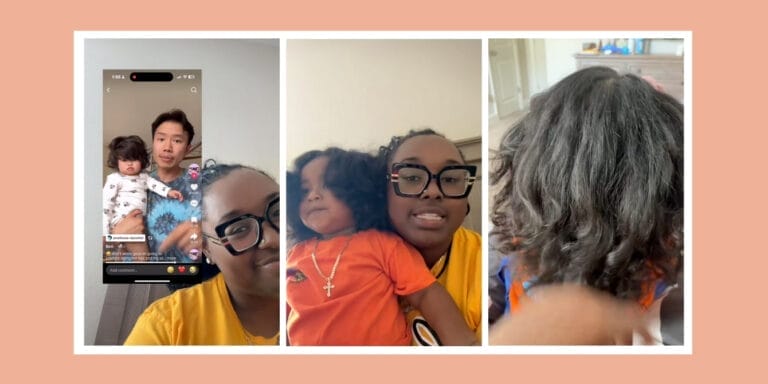9 million children could lose health insurance if Congress doesn’t save CHIP

CHIP historically has bipartisan support—so why is it in jeopardy now?
When Jimmy Kimmel returned to his late-night show after his 7-month-old son, Billy’s, second heart surgery, he touched on a topic close to every parent’s heart: the relief of being able to access medical care when your child needs it. But, as Kimmel discussed on his show, this basic right is in jeopardy if Congress doesn’t act to save the Children’s Health Insurance Program (CHIP).
Since its creation in 1997, CHIP has provided health coverage to children in working families that earn too much money to qualify for Medicaid—with nine million children currently depending on it. CHIP also covers 370,000 pregnant women each year in 18 states.
“CHIP helps to bridge the gap and provide working families the opportunity for their children to be insured,” says Marcee White, fellow with the American Academy of Pediatrics (FAAP) and M.D. with the Children’s National Health System, a children’s hospital based in Washington D.C.
The program funded jointly between the federal government and states has historically garnered bipartisan support. But Congress allowed federal funding to expire on Sept. 30, 2017, leaving states scrambling to continue funding the program. Without congressional reauthorization, a few states may try to absorb the cost, but most will not be able to sustain the program without federal funds, says Sheldon Weisgrau, director of the Health Reform Resource Project, which assists non-profit organizations in Kansas with implementing health policy.
Congress did take action in December to provide short-term funding through March of 2018, but the program’s long-term sustainability is still in question.
“There’s never been an issue before getting CHIP reauthorized and funded,” Weisgrau tells Motherly. “This is really a symbol of the level of dysfunction of Congress because in past years it never would have gotten to this point for a program as popular as this.”
Compared to other industrialized countries, the United States has a relatively high uninsured rate of 11.7% for adults. But thanks in large part to CHIP, 95% of American children had health insurance in 2016—a historic high. Losing that coverage could mean those children are not able to get regular care such as immunizations, check-ups and screenings.
“Having a provider is only one piece of the puzzle,” White says. “Insurance is the other piece of the puzzle that ensures continuity of care.”
Losing CHIP would mean reverting back to a time when parents had to heavily weigh whether or not to seek medical care for their children, perhaps delaying treatment for as long as possible and then going to an emergency room as a last resort, White warns. Some parents may also seek to reduce their hours at work or quit their jobs altogether in order to qualify for Medicaid.
“If CHIP is not available, parents may also choose to pay into private insurance, however that might mean less food on the table or not paying other bills,” White says. “Parents are going to have to make difficult choices.”
So what should parents be doing? Advocating, White says, “Just like they do for their kids in school and elsewhere throughout their lives. We need parents to call their members of Congress. It’s important for families that are benefiting from CHIP to tell their stories.”
Parents should also talk to their health care providers about what their options are should CHIP cease to exist, Weisgrau suggests, noting that some providers may still see them even if they are unable to pay. Other options include seeking care at federally qualified community health centers or other safety-net clinics designed to provide care for people who don’t have insurance coverage.
In the best scenario, though, CHIP funding will continue.
Congress will be back in session starting Jan. 3, 2018, and White hopes both parties can work together to restore CHIP funding.
“CHIP gives children the foundation they need to be healthy,” she says. “It shouldn’t take children losing their insurance for Congress to act.”





































